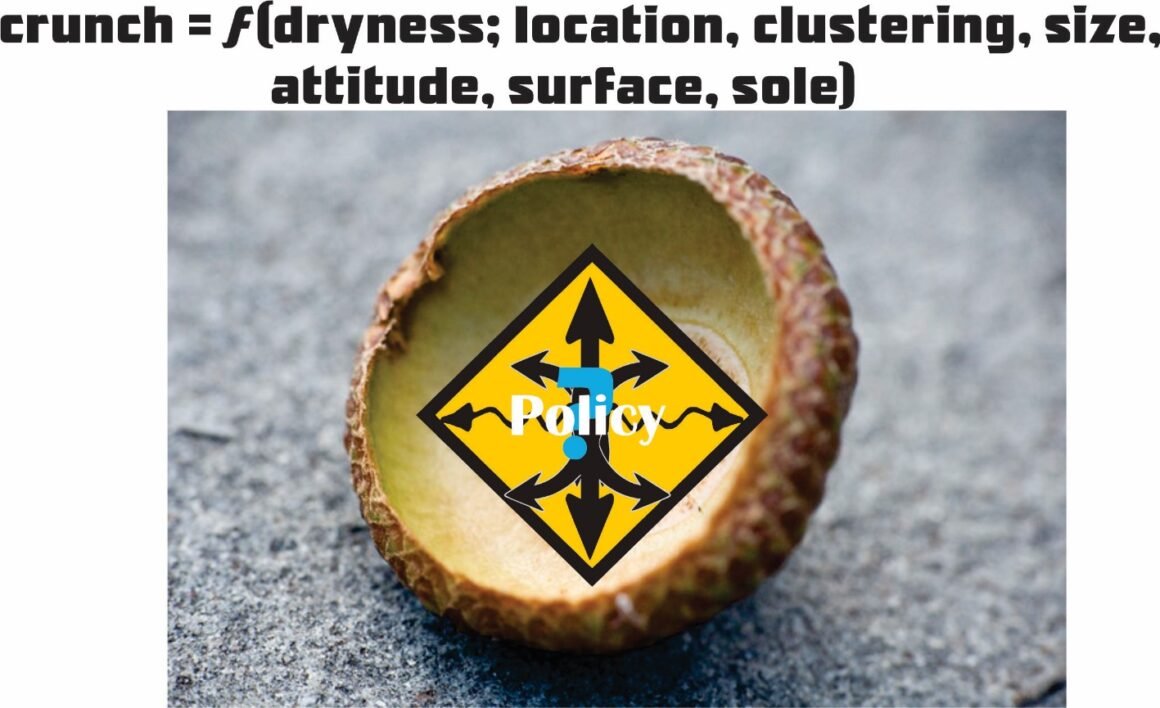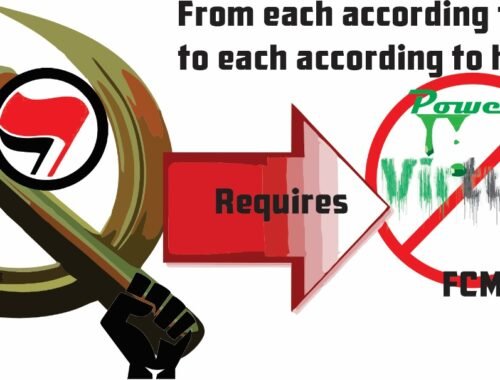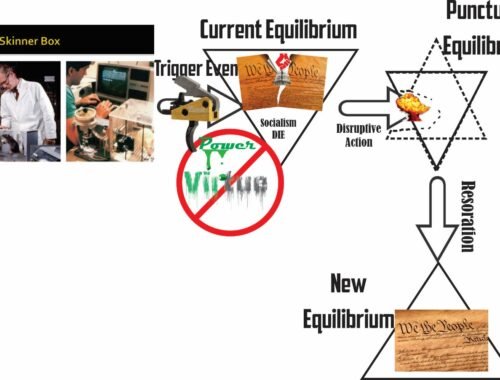
Critical Thinking: Correlation, Causation, and Control
During the fall, I like to step on acorn shells and crack them. There is a satisfying crunch sound that helps to break the monotony of several miles on the neighborhood trails. I understand it is a silly thing to do, but like I said, walking can be boring on the same old trails, no matter how nice they are. But as I was doing this, I was also contemplating policy, standards, hypotheses, proof, correlation, causation, and effectiveness. Quite a lot to think about while stepping on acorn shells. It is an interesting and perhaps fun way to think through policy issues as an example.
Let us first think about the objective in our acorn crunch policy. Is it to crunch every acorn, a lot of acorns, or a percentage of acorns? Is the basis all acorns on the trail or only the ones we see? The answers to these questions tell me how effective an acorn cruncher I am.
The choice of all acorn shells or only those I see is important. If I choose all shells, then I have added a key task: seek and find acorn shells. It could also mean I walk around in a zigzag weaving dance rather than a deliberate walk. If I have performance objectives on the walk—and I always do—crunching all acorns could affect walk performance metrics such as pace and caloric burn. Hyper focusing the sensory scan on acorn shells could also open me to environmental dangers. These can range from tripping to kicking a snake or a snapping turtle. Both can get up on the walking trail, although rarely.
Now let us look at our hypothetical function c= ƒ(d,l,cl,s,a,su,so). At the moment, it is the beginning of a hypothesis based on observation, but needs significant testing to determine the equation and whether all the dependent variables are significantly significant. So let us look at the proposed variables in the function.
There are also two step functions involved. First, are there oak trees present? If there are no oak trees, there will be no acorn shells—unless someone artificially puts them there. Second, is it Fall? If not, there will be no acorn shells—unless someone artificially puts them there. These two conditions modify the function to:
c= iif(!Fall, 0, iif(!Oak,0, ƒ(d,l,cl,s,a,su,so).
When I find and step on a shell and it does not crunch, one or more of the variables in Table 1 probably failed. But which one and why? The more data we collect, the better we can fit the function to an equation and determine which variables are significantly significant which are not. I can design ways to collect the data and test it.
Even if I get a crunch, is it simply correlation or do the variables predict causation? Is there even a causation outside of the step?
But the real question is, is the problem worth solving? How does the problem or issue affect the organization? Do the resources required to address it cost more than the problem/issue? Is there a higher call on the resources?
The next question is, if the problem/issue is worth solving, does our solution approach solve it? Just as data is critical for hypothesis testing, it is critical for solution testing and evaluation.
As we look at these problems/issues, critical thinking needs to play a clear and prominent role. At the beginning, the critical thinking questions discussed in Critical Thinking: An Introduction to Key Concepts and Dimensions, Critical Thinking: Logic and Rationality, and Critical Thinking and Policy Development and Analysis.. In Critical Thinking: Correlation, Causation, and Control, I develop the matrix below to apply key critical thinking questions to policy.
| Table 2 Critical Thinking Questions for Policies | |
| Question | Policy Implications |
| Why? | Why do we need the policy? What is the hypothesis and how do we test it? |
| Cui Bono (who benefits)? | Who are the key stakeholders and who will benefit? Should they pay for the policy? |
| Sine Qua non (what is essential for success?) | What are the objectives and critical success factors? What happens when we accomplish them? |
| Aurea mediocritas (what is the golden mean?) | What are the effects on other policies and important strategic initiatives and actions? How do we balance them? Do we need 100% success or just a portion? |
| Ceteris Paribis (all other things being equal) | If we do not implement the policy, what happens? |
Now clearly, our acorn shell policy fails on the critical thinking engagement. How many government policies would fail under the same scrutiny?





